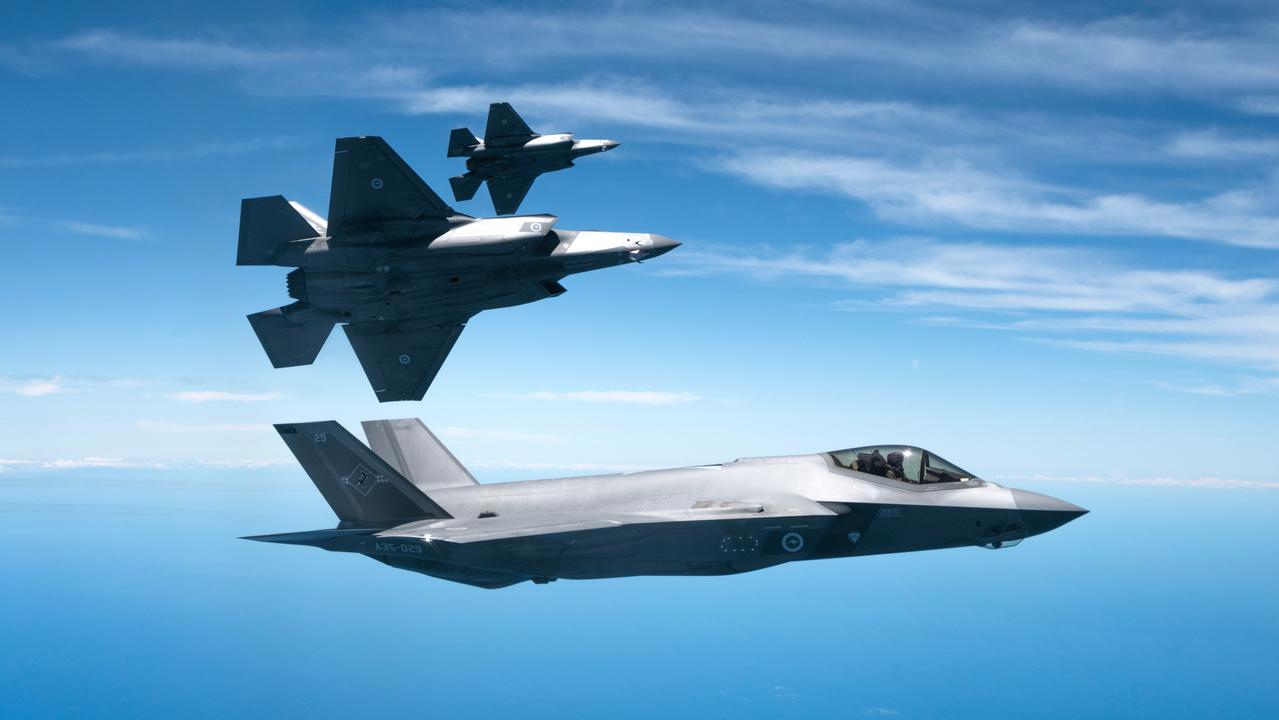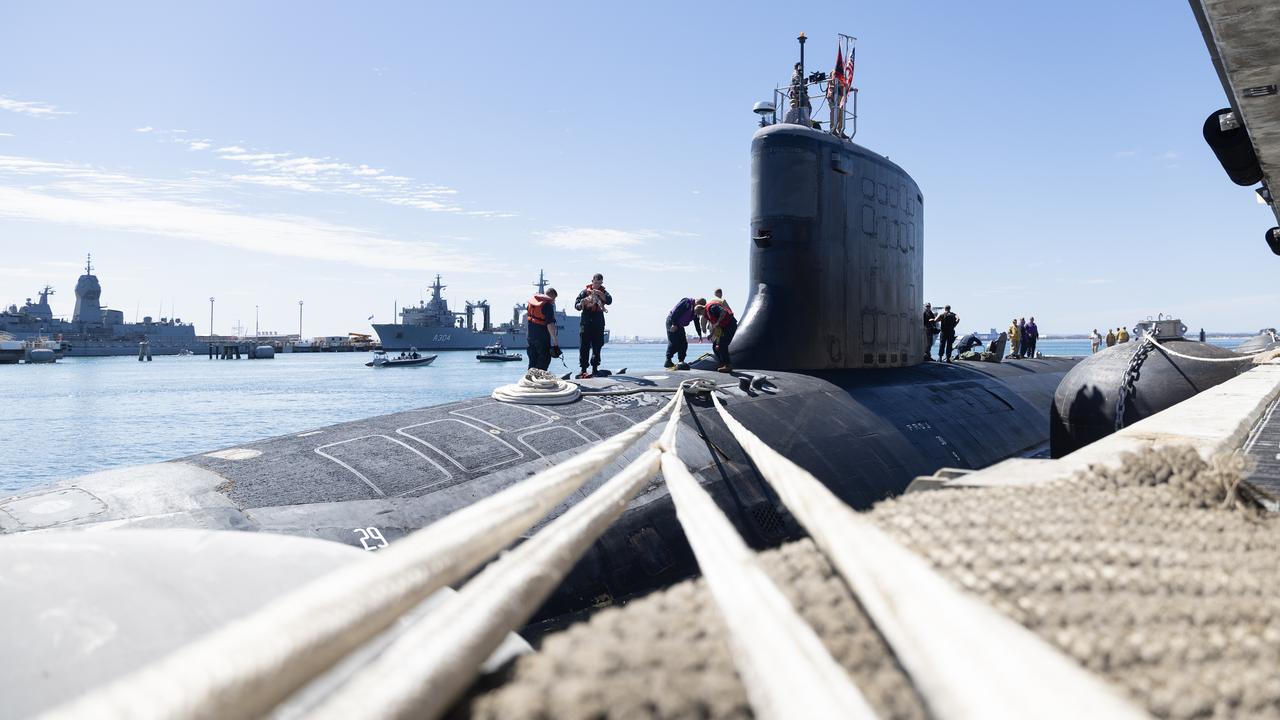Advanced technology: the next revolution in military affairs
Do we seek security from Asia or in Asia? Artificial intelligence, robotics and automation, quantum sensing and encryption, and hypersonic missiles all represent game-changing technologies.

Since the end of World War II, Australian defence policy has more or less expressed itself in terms of its geography. “Forward defence’’, ‘‘defence of Australia’’, ‘‘sea-air gap’’ and ‘‘continental’’ defence, all speak to a collective strategic anxiety when it comes to our defence policy, namely: do we seek security from Asia or in Asia?
In 2024, this anxiety now seems especially acute, as the region and indeed the world stands witness to the return of great power competition, war as a legitimate instrument of foreign policy, and the acceleration of military technology that is creating what some are calling a ‘‘revolution in military affairs’’. Artificial intelligence, robotics and automation, quantum sensing and encryption, and hypersonic missiles all represent game-changing technologies, and by game-changing, I mean war-winning, in the same way that the atomic bomb fundamentally reset the notion of military power in 1945.
As conflict in Europe and the Middle East demonstrates, technology is key to future military power. Australia, in its most recent defence policy updates, has acknowledged this, and along with their AUKUS partners Britain and the US, has embarked upon an ambitious series of technology programs all designed to seek military capabilities superior to rogue states and hostile nations.
To protect against a hostile military power in the future, the nation will need to complement its geographic advantage with AUKUS-inspired technology. To achieve this, future capabilities must be able to operate across vast distances and at a speed superior to others.
Air and missile defence for Australia is such a capability. The complexity and interdependence of various domains, including air, space and maritime approaches to mainland Australia, have grown exponentially in modern warfare. As a result, the integration of these systems into a cohesive and interoperable framework is crucial for any future defence concept for Australia.
The Air Battle Management Systems (ABMS), space systems, air and missile systems, and joint offensive fires networks currently being procured or introduced into the Australian Defence Force’s capabilities are pivotal to any concept of self-defence against modern military technologies that threaten Australia’s security.
Collectively, they seek to enhance situational awareness, optimise resource utilisation, and enable synchronised, multi-domain operations, essential for any anti-access, area-denial defence system, designed to protect Australia’s physical approaches.
Integrated systems, including ABMS, missile defence and joint offensive fires networks, facilitate the fusion of data from diverse sensors and platforms deployed throughout Australia’s near region and provide a comprehensive and coherent picture of any adversary’s current actions and future hostile intentions. Space-based sensors can detect missile launches as well as track objects in space, while air-based surveillance systems can monitor air traffic and detect aerial threats. When these data streams are integrated, ADF commanders can gain a holistic view that allows them to detect, identify and assess threats more effectively.

Data from space-based sensors can be used to cue air and missile defence systems, as well as co-ordinate a wide range of assets, from aircraft and satellites to ground-based missile defence systems and naval platforms. Without integration, these assets may be employed in a disjointed or redundant manner, leading to inefficiencies and gaps in coverage.
This capability is particularly important in countering advanced adversaries who may be numerically superior. In such scenarios, integrated systems can enable the ADF to operate within a contested environment against a superior force by synchronising actions across multiple domains, thereby reducing their key advantage.
Space-based assets can provide critical intelligence and communications support, while air and missile defence systems protect against enemy attacks, and joint fires networks deliver precision strikes against multiple threats, creating a tempo of response that the current ADF could not possibly generate if it merely went ‘‘force on force’’ with an enemy adversary.
Australian defence policy has historically based itself in its geography. Now, when combined with technology and ‘‘teamed’’ through the integration of its critical air battle-management systems, air and missile defence systems, as well as a joint offensive fires system, Australia’s military power will become increasingly capable of deterring any future adversary by demonstrating its ability to generate multiple targeting and strike options across its approaches at a level and tempo far superior to its physical size.
It will impose the kind of military risk that will give any future adversary pause for thought; we want them to think “Not today, it isn’t worth the risk” – this is the essence of strategic deterrence. In the words of Sun Tzu: “The greatest victory is the one that requires no battle.”
-
Brigadier (Retd) Ian Langford DSC and two bars, holds a PhD from Deakin University and is a tenured professor at the University of NSW.



